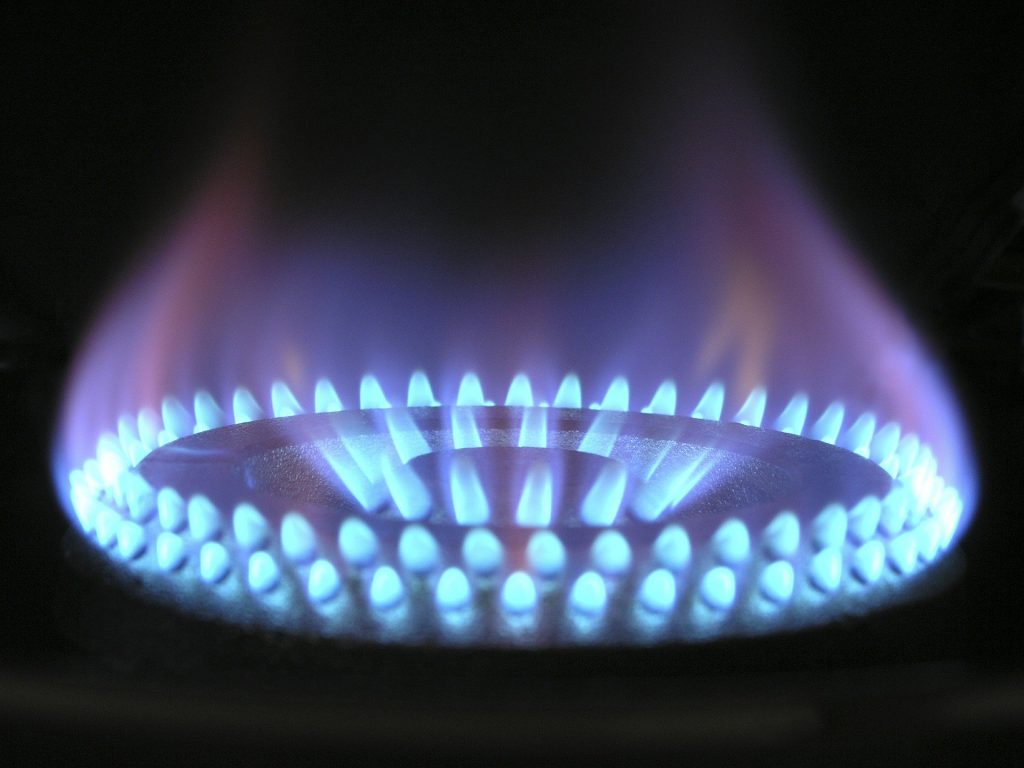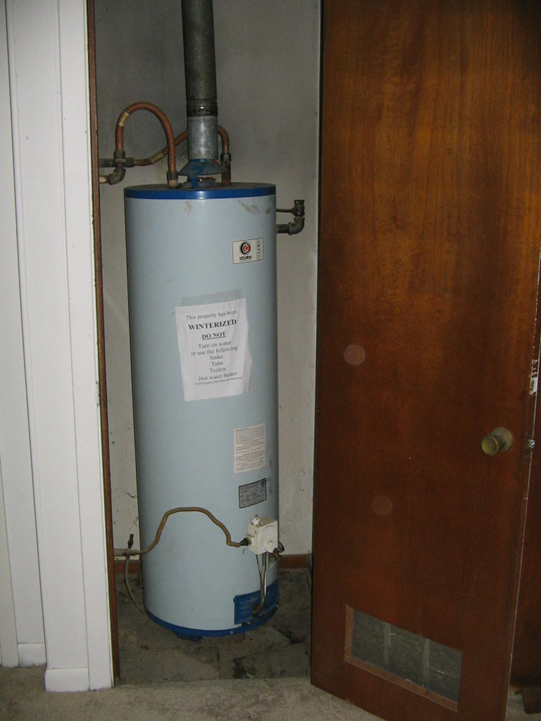Combustion is defined as a chemical reaction between substances, usually including oxygen that typically produces heat in the form of a flame.

In our homes, fuel-fired appliances, like our heaters and water heaters, are considered combustion appliances. The oxygen that is needed to produce combustion of the fuels that these appliances burn to produce heat is supplied by air, which is often termed “combustion air.”
These fuel-burning appliances need this combustion air to burn the fuels that heat our water and our homes, and must have an adequate supply of air to operate efficiently.
Sometimes situations arise where these appliances may not be able to get enough air from their surroundings to supply oxygen for the process of combustion. In cases like this, the appliance may attempt to draw air back down its vent pipe, a process known as back drafting. When this occurs, dangerous gases (like carbon monoxide) can be pulled back into the house, endangering the home’s occupants.
Back drafting situations typically arise when a combustion appliance is improperly located in a small space (like a closet) or tightly sealed spray-foamed attic that lack enough air flow to satisfy the needs of the appliance.
It can be difficult to determine if a space has enough combustion air to supply a particular appliance, and performing the necessary calculations to determine this is beyond the scope of a standard home inspection. A professional contractor familiar with your specific equipment should be consulted to verify the proper flow of combustion air to appliances located in these restricted spaces.

In these situations, we normally advise our clients of the following:
The space where your combustion appliances are present appears to lack adequate ventilation. Evaluation of proper installation techniques (correct volume of air supply relative to the needs of each specific appliance) is beyond the scope of a standard home inspection. We recommend evaluation of this situation by a qualified tradesperson (experienced in combustion appliances and ventilation techniques) and correction of any deficiencies as needed.
